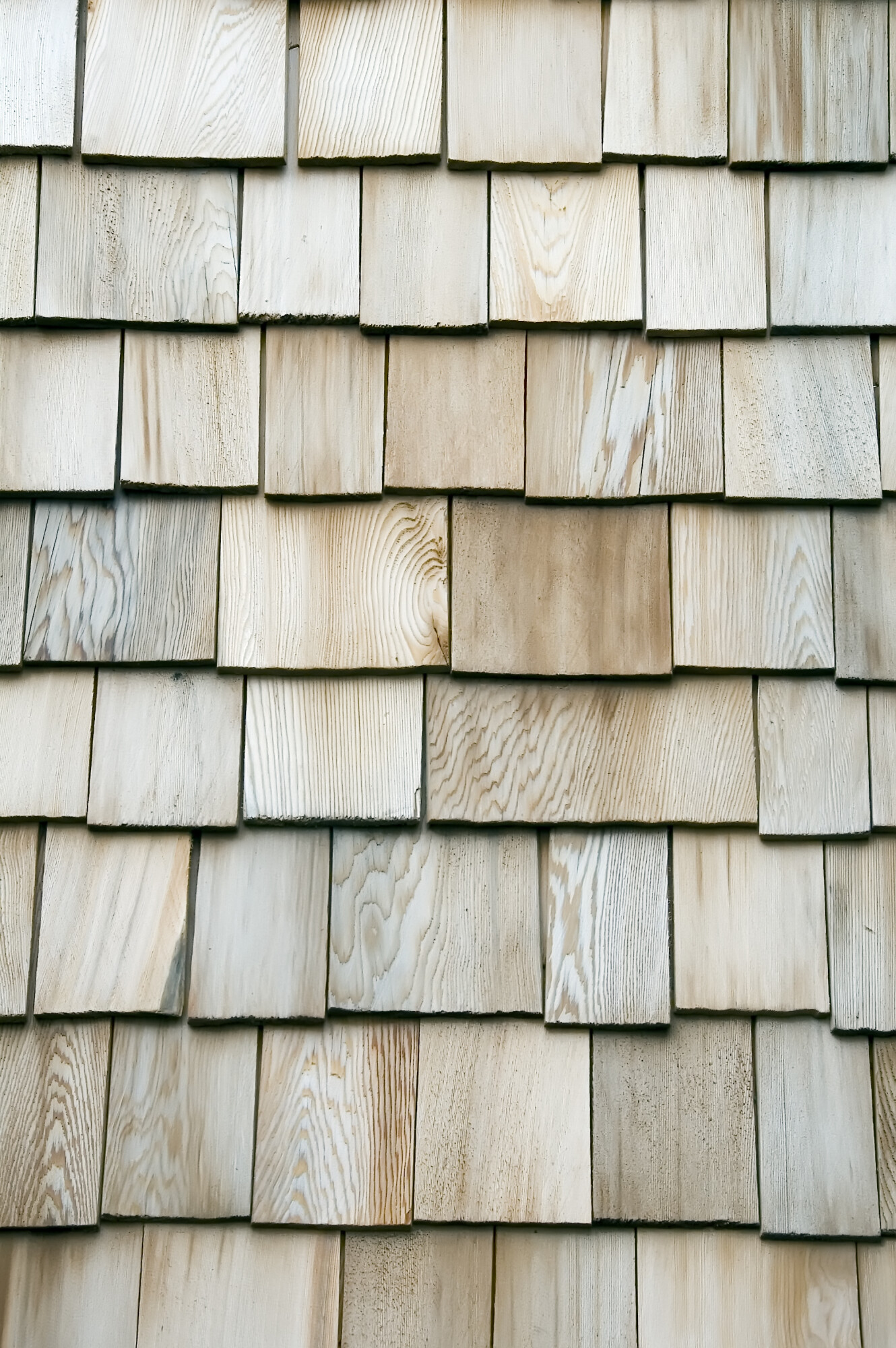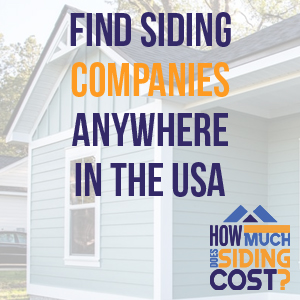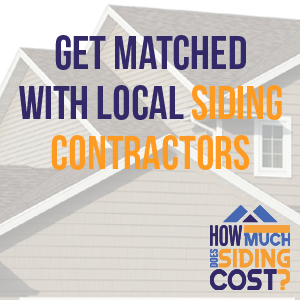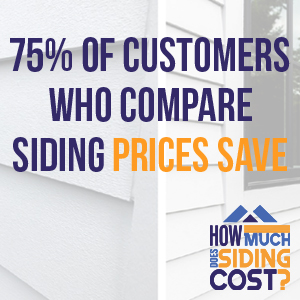
A Comprehensive Comparison of Popular Siding Materials for Your Home
Siding plays a crucial role in protecting your home from the elements, insulating your living space, and enhancing your property’s curb appeal. With various siding materials available on the market, each offering unique benefits and drawbacks, choosing the perfect option for your home can be challenging. In this comprehensive comparison of popular siding materials, we’ll explore the advantages, disadvantages, and unique features of each type to help you make an informed decision for your home.
Vinyl Siding: Affordability and Low Maintenance
Vinyl siding is one of the most popular siding materials among homeowners due to its affordability and low maintenance requirements. Here are some key aspects to consider:
Advantages:
- Cost-effective: Vinyl siding is an economical choice, typically costing less than other siding materials.
- Low maintenance: Vinyl requires minimal maintenance, only needing periodic cleaning to maintain its appearance.
- Wide range of colors and styles: Vinyl siding is available in various colors and styles, allowing homeowners to customize their home’s exterior.
Disadvantages:
- Susceptibility to damage: Vinyl siding can be prone to cracking or warping under extreme temperatures or impacts.
- Environmental concerns: Some homeowners may have concerns about the environmental impact of vinyl siding production and disposal.

Wood Siding: Classic Beauty and Natural Appeal
Wood siding offers a timeless and natural aesthetic that appeals to many homeowners. Let’s explore its pros and cons:
Advantages:
- Aesthetic appeal: Wood siding provides a warm, classic appearance that complements a variety of architectural styles.
- Customizable: Wood siding can be painted or stained to achieve the desired color and finish.
- Eco-friendly: Wood is a renewable resource, and properly sourced wood siding can be an environmentally responsible choice.
Disadvantages:
- Higher maintenance: Wood siding requires regular maintenance, including painting, staining, and sealing to protect it from weathering and insect damage.
- Higher cost: Wood siding is generally more expensive than vinyl siding.
Fiber Cement Siding: Durability and Versatility
Fiber cement siding, made from a mixture of cement, sand, and cellulose fibers, is a popular choice for its durability and versatility. Here’s what you need to know:
Advantages:
- Durability: Fiber cement siding is resistant to rot, insects, and fire, making it a long-lasting option.
- Variety of styles and finishes: Fiber cement siding can mimic the appearance of wood, stucco, or masonry, offering a wide range of design possibilities.
- Low maintenance: Fiber cement siding requires less maintenance than wood siding and retains its appearance longer than vinyl siding.
Disadvantages:
- Higher cost: Fiber cement siding is more expensive than vinyl siding and can be comparable to or higher than wood siding, depending on the style and finish.
- Installation complexity: Fiber cement siding can be heavy and more challenging to install than other siding materials, often requiring professional installation.

Metal Siding: Modern Aesthetic and Energy Efficiency
Metal siding, such as aluminum or steel, offers a modern aesthetic and energy efficiency. Let’s delve into its strengths and weaknesses:
Advantages:
- Energy efficiency: Metal siding can reflect solar heat, reducing cooling costs during the summer months.
- Durability: Metal siding is resistant to fire, rot, and insect damage, providing a long-lasting option.
- Low maintenance: Metal siding requires minimal maintenance, typically only needing occasional cleaning.
Disadvantages:
- Potential for dents and scratches: Metal siding can be susceptible to dents and scratches from impacts or debris.
- Limited aesthetic options: Metal siding may not be as visually versatile as other siding materials, which could limit design possibilities for some homeowners.
- Cost: While the cost of metal siding can vary, it is often more expensive than vinyl siding and sometimes comparable to fiber cement siding.
Stucco Siding: Classic Texture and Insulation
Stucco siding, a mixture of cement, sand, and lime, offers a classic textured appearance and excellent insulation properties. Here are its pros and cons:
Advantages:
- Energy efficiency: Stucco provides excellent insulation, helping to keep your home cool in the summer and warm in the winter.
- Long-lasting: When properly installed and maintained, stucco siding can last for many years.
- Versatility: Stucco can be applied in various textures and colors, allowing for a range of design possibilities.
Disadvantages:
- Higher cost: Stucco siding can be more expensive than vinyl and fiber cement siding.
- Installation complexity: Stucco requires a skilled professional for proper installation and may not be suitable for all climates.
Making the Right Choice for Your Home
Choosing the perfect siding for your home is an important decision that impacts your property’s aesthetics, durability, and energy efficiency. By comparing the features, advantages, and disadvantages of popular siding materials like vinyl, wood, fiber cement, metal, and stucco, you can make an informed choice that best suits your needs, preferences, and budget.
Remember to consider factors such as maintenance requirements, environmental impact, and local climate when making your decision, and consult with a professional contractor to ensure a successful siding installation. With the right siding material, you can enhance your home’s curb appeal and enjoy lasting protection and comfort for years to come.

How to Budget for New Siding: Understanding Costs and Planning Your Investment
As you consider various siding materials for your home, it’s essential to budget for the project to avoid unexpected expenses and ensure a successful renovation. In this section, we’ll discuss the average cost of different siding materials and offer tips on how to budget effectively for your new siding.
Average Cost of Different Siding Materials
The cost of siding materials can vary greatly depending on the type, quality, and region. Here’s a rough breakdown of the average cost per square foot, including installation, for various siding materials:
- Vinyl Siding: $3 to $8 per square foot
- Wood Siding: $7 to $12 per square foot
- Fiber Cement Siding: $6 to $12 per square foot
- Metal Siding: $4 to $12 per square foot
- Stucco Siding: $6 to $12 per square foot
Keep in mind that these are only average costs, and prices can vary depending on factors such as the complexity of the installation, the quality of the materials, and your location.
Tips for Budgeting Your Siding Project
To ensure that your siding project stays within your budget, follow these tips:
- Determine your budget: Before starting your siding project, determine your overall budget to help guide your material and installation choices.
- Research and compare costs: Gather quotes from multiple contractors and compare material prices from different suppliers to ensure you’re getting the best value for your money.
- Factor in additional expenses: When budgeting for your siding project, remember to account for other costs such as permits, waste disposal, and any necessary repairs or modifications to your home’s exterior.
- Consider maintenance and long-term costs: While some siding materials may be more affordable upfront, they may require more maintenance or have a shorter lifespan, resulting in higher long-term costs. Be sure to factor in these expenses when making your decision.
- Plan for contingencies: Set aside a contingency fund, typically around 10% to 20% of your total budget, to cover any unforeseen expenses that may arise during your siding project.
Invest in Your Home’s Exterior with Confidence
By understanding the average cost of different siding materials and carefully budgeting for your project, you can make an informed decision that meets your needs, preferences, and financial goals. With a well-planned budget and a clear understanding of the costs involved, you can confidently invest in your home’s exterior, enhancing its curb appeal, durability, and energy efficiency for years to come.
